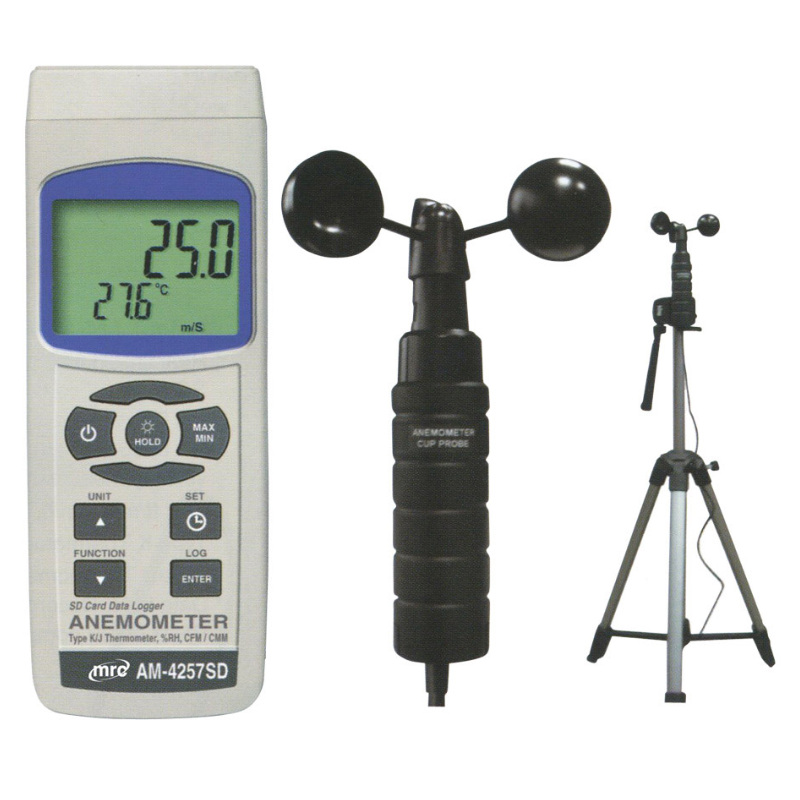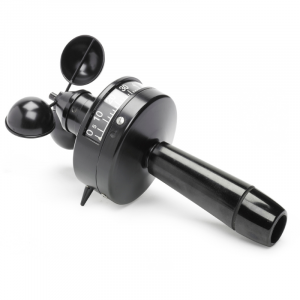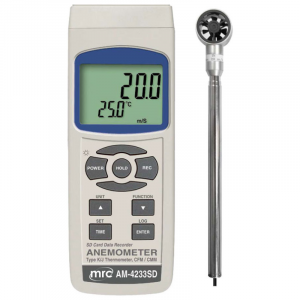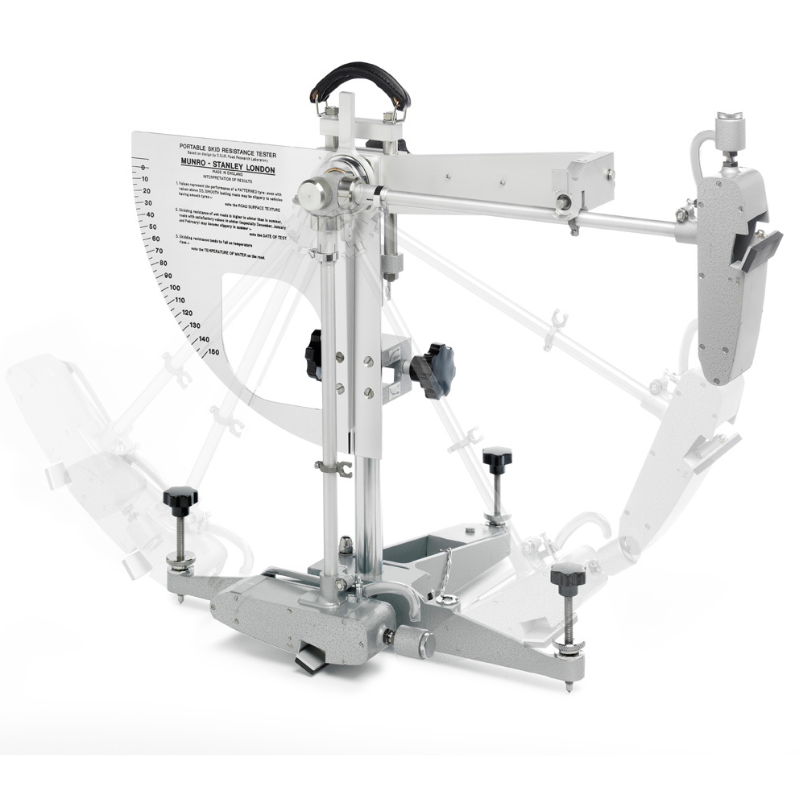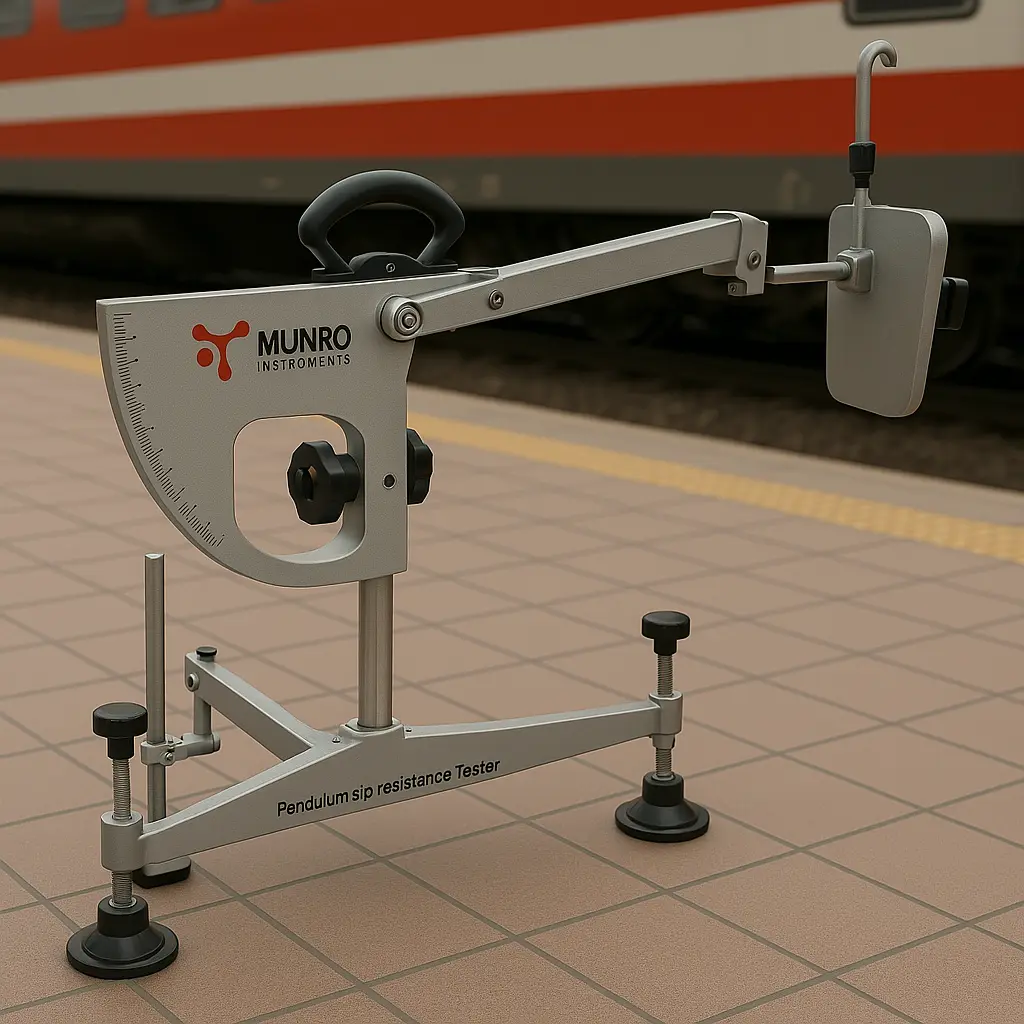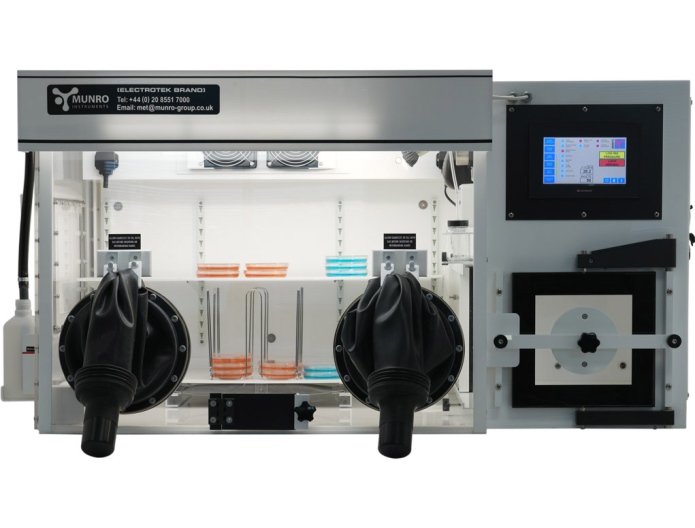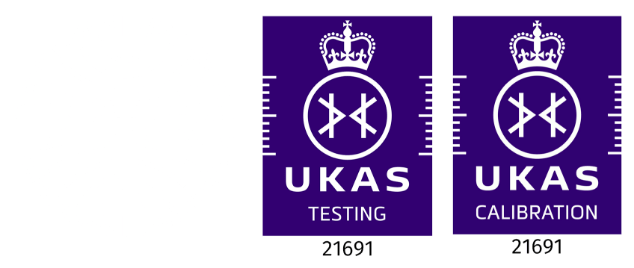A handheld anemometer is a portable device that measures wind speed. Some models also check airflow, temperature, humidity, or even barometric pressure. People use handheld anemometers for outdoor sports, aviation, sailing, HVAC balancing, research, and even drone piloting. Basically, if wind or air flow matters, these devices belong in your toolkit.
Types of Handheld Anemometers
Cup Anemometers
Classic design: spinning cups catch the wind and rotate faster as the wind blows harder. Rarely found in pocket versions but good for reference.
Vane Anemometers
The most popular handheld Anemometer, featuring a small fan or vane. Simple, robust, and fast. Great for most practical applications.
These measure airflow by detecting how quickly a heated wire cools. Super sensitive, perfect for low airflows—think lab work and clean rooms.
Ultrasonic Anemometers
No moving parts! They measure wind by detecting changes in ultrasonic waves. High accuracy and durability, but usually pricier.
Essential Features to Look For
Measurement Range
Check the minimum and maximum wind speeds it can measure. For outdoor sports, a lower range might suffice, but pros need a wider scale.
Accuracy and Precision
Look for the accuracy rating—usually within ±2-5%. For scientific work, precision is everything. For casual use, a little leeway is fine.
Display Options
Backlit displays are a must if you work in dim light. Some models offer multiple readings on one screen—handy!
Units and Data Logging
Does it show m/s, km/h, mph, or knots? Can you switch units? Data logging means you can track wind over time, useful for research or reports.
Durability and Build Quality
You want something rugged. Waterproofing and a solid shell matter if you’re outdoors or on the job.
Top Considerations Before Buying
Your Main Application
Are you a kite surfer, HVAC technician, researcher, or sailor? Choose a device tailored to your needs.
Portability and Size
Smaller is better for hikers, but a slightly larger device may pack more features.
Battery Life
Look for rechargeable models or those with long-lasting batteries. Some can last for months on a single charge.
Ease of Use
Simple controls and a clear display make a huge difference in the field.
Understanding Measurement Units
m/s, km/h, mph—What’s the Difference?
- m/s (meters per second): Standard scientific unit
- km/h (kilometers per hour): Common in Europe
- mph (miles per hour): Used in the US and UK
- Knots: Nautical and aviation folks’ favorite
Conversion Tips
Most modern anemometers can switch between units with a button. Still, it’s good to know 1 m/s ≈ 3.6 km/h ≈ 2.24 mph.

